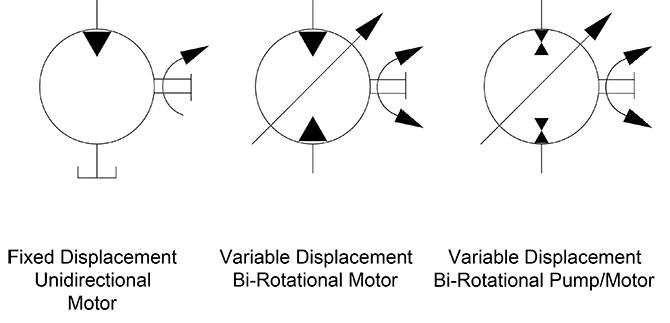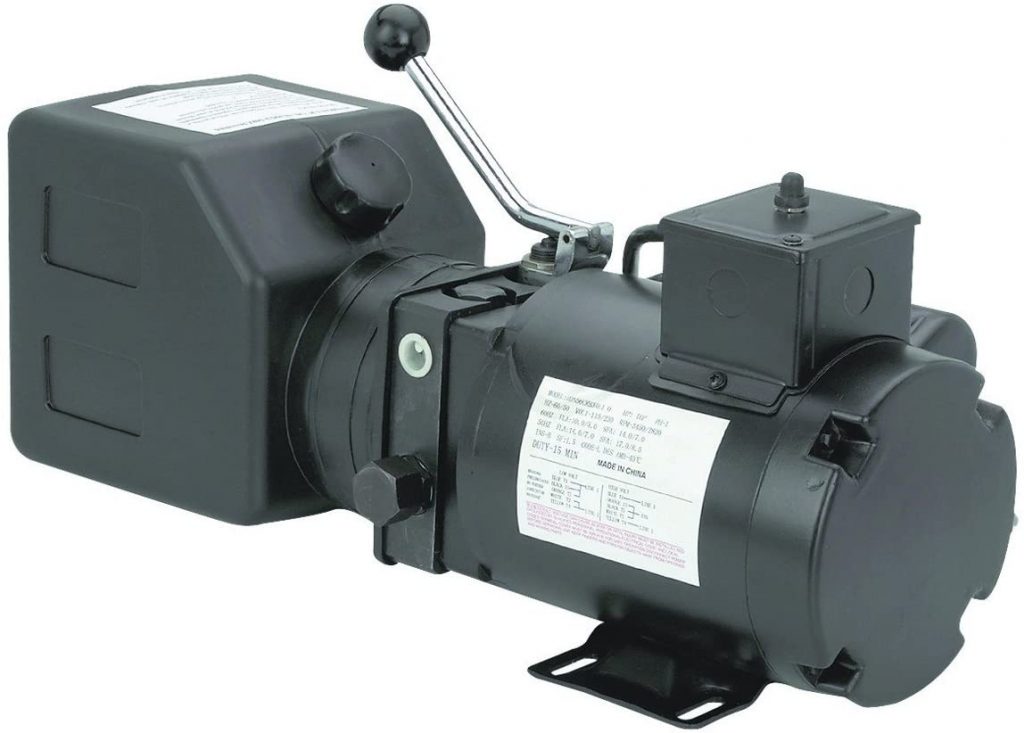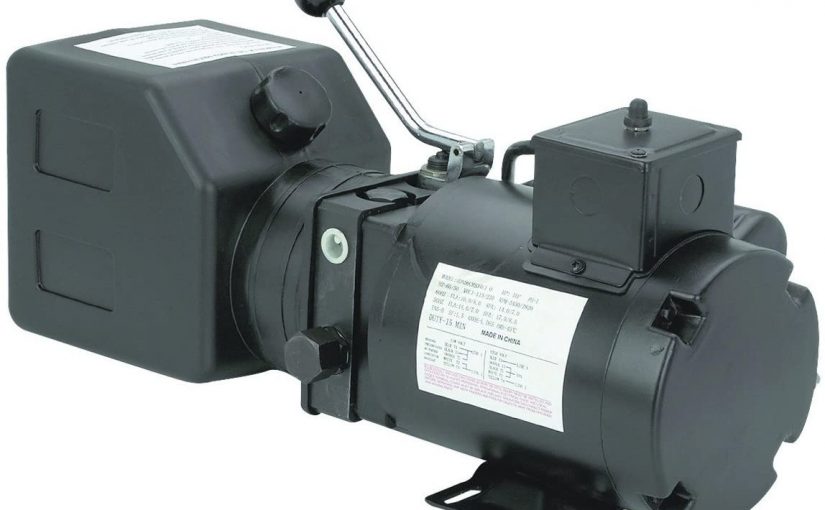Hydraulics is the study of the movement, flow and pressure of fluids. In this article, we’re going to be looking at the hydraulic symbol and what it means in hydraulics. We’ll also be discussing some examples of hydraulic systems in use and some common problems that can arise with them.
The hydraulic symbol is composed of two circles connected by a line. The top circle represents the fluid, while the bottom circle represents the pressure. The line between the circles indicates the flow of the fluid.
The hydraulic symbol is often used to describe the operation of a hydraulic system. For example, a pump might be labeled with the hydraulic symbol and the name of the machine (e.g. “Pump 1”). This means that this pump is responsible for moving fluid from one location to another.
In some cases, the hydraulic symbol can also be used to identify different parts of a hydraulic system. For example, a valve might be labeled with the hydraulic symbol and its function (e.g. “Valve A”). This means that this valve allows flow in one direction or another.
Hydraulic systems can sometimes experience problems due to faulty components or inadequate maintenance. These problems can manifest as leaks or failures, which can cause damage to property or injury to people. It’s important to keep your hydraulic system in good condition so that it can functions reliably and without issue.

What is hydraulics?
Hydraulics is the science of moving fluids using machines. It can be used in everything from manufacturing to irrigation. In this article, we’ll explore what hydraulics is, how it works, and some of its applications.
Hydraulics is the science of moving fluids using machines. It can be used in everything from manufacturing to irrigation. Some common applications include:
– Manufacturing: Used to create products like cars and trucks.
– Irrigation: Used to water crops and plants.
What are the variables in hydraulics?
Hydraulic fluid is composed of three types of fluids: pressurized, working, and return. Y-direction refers to the direction of fluid flow in a hydraulic system. To understand hydraulic fluid flow, it is important to know the variables involved.
Pressurized fluid is forced through an orifice by a pressurized gas or liquid. The pressure inside the system causes the fluid to flow in one direction. This type of fluid is used in hydraulic systems that move large objects, such as machines and pipelines.
Working fluid is used to power devices such as pumps and turbines. This type of fluid is also known as compressed air, because it is compressed before it is used in a hydraulic system. The pressure inside the system causes the working fluid to flow in one direction.
Return fluid returns energy to the pressurizing agent (usually gas) after it has been used to move something or produce power. This type of fluid is usually less expensive than working or pressurized fluids.
What is the Hydraulic Variable Y?
If you are reading this, it is likely that you are looking for information on hydraulic variables. In this article, we will discuss what the hydraulic variable Y is and how it is used in hydraulics.
The hydraulic variable Y is a unit of pressure that is used to measure the reaction force between two fluids. It is measured in Newtons per square metre (N/m2) and can be thought of as the equivalent of a hydrostatic pressure. The hydraulic variable Y can be used to calculate the drag force between two bodies or to determine the flow rate of a fluid through an opening.
Why use the letter Y in hydraulics
Hydraulics is the study and design of fluids, including water, gas, oil and other liquids, and gases. In hydraulics, the letter Y is used to represent Young’s modulus – a measure of a material’s resilience under pressure. The higher the Young’s modulus of a material, the stronger it is and the less likely it is to break. Materials with high Young’s moduli are often used in hydraulic systems, as they can resist breaking under normal operating conditions.
The letter Y is also used in hydraulics to represent the yield strength – a measure of a material’s ability to resist breaking under stress. Materials with high yield strengths are often used in hydraulic systems, as they can withstand high levels of stress without breaking.
What does Y stand for in Hydraulics?
Hydraulic fluid is known by many names, including water, gasoline, oil and diesel. But what does the letter Y stand for in hydraulics?
The letter Y in Hydraulics stands for “Y-jointed.” This is the type of joint used most often in hydraulic systems. A Y-joint is made up of two parts that are connected by a flexible tube. When you press down on one part, the other part moves along with it. This makes Y-joints ideal for moving objects together smoothly.
When do you use Y?
In hydraulics, Y means the Young’s modulus, which is a measure of how stiff a material is. It is used to calculate the amount of pressure needed to deform a material.
In physics, Y is used to represent the charge on an electron.
In chemistry, Y represents the valence electron of an atom.
In algebra, Y is the determinant of a matrix.

How to use Y
When hydraulics are used in engineering, the letter Y is often used to represent a variable. Y can stand for Young’s modulus, or yield stress.
When dealing with elasticity, the letter Y can also stand for Young’s modulus.
In physics, Y represents the charge on an electron.
How does the use of Y in hydraulics help in finding solutions for specific problems?
Hydraulic fluids are composed of three types of liquids: oil, water, and gas. The viscosity of a fluid is a measure of its resistance to flow. The higher the viscosity, the more difficult it is for the fluid to move. In hydraulics, the use of Y-values (Yentl symbols) helps in solving problems related to fluid flow. Y-values are based on the Greek letter ypsilon (Υ), which is pronounced “y”.
The y-value is used to indicate the thickness of a liquid film in a pipe or channel. It can also be used to determine the velocity and pressure at various points along a pipe or channel. The y-value can be calculated using equation:
y = kx
where x is the distance from the centerline of the pipe or channel and k is a constant.
Conclusion
In hydraulic terminology, Y means the degree of opening of a valve. When you need to know how much pressure is required to open a valve, you use this symbol to show how much the opening should be multiplied by the desired pressure.
What does Y mean in hydraulics,please click topkitparts see more

